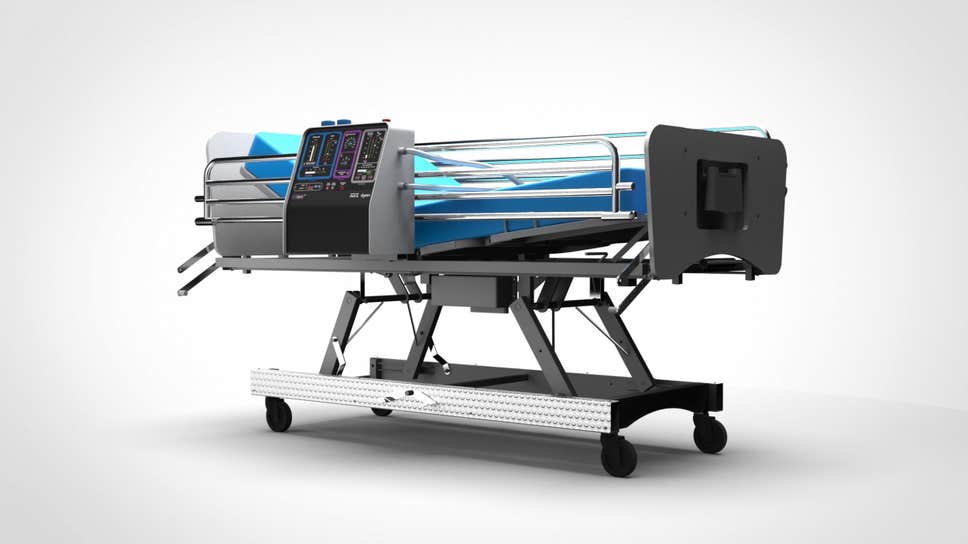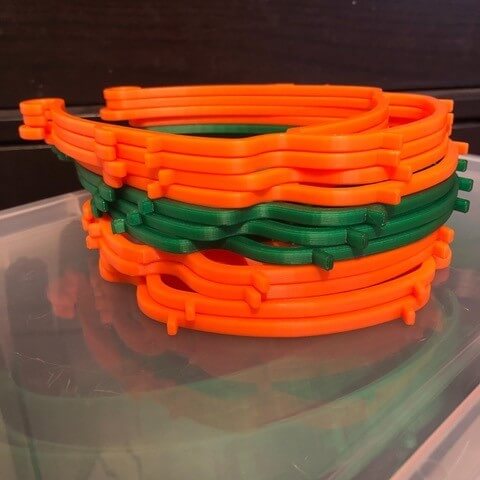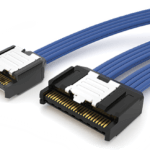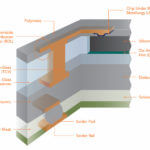
There are many historical innovations that are the product of adversity, and the current situation is an extreme example. While it is not the first time that humanity has faced a truly global challenge like the COVID-19 pandemic, this time the world is connected by technology in a completely unprecedented way.
The response has been incredible. Within hours of the true scale of the current emergency becoming apparent, engineers around the world had started to collaborate, innovate and develop solutions. What is even more amazing is that much of this work has been done by engineers working alone.
Social distance
We are rapidly adjusting to the idea of social distancing. Under these circumstances, the internet has become mankind’s most powerful tool in bringing people together. Families who must stay isolated are kept connected with loved ones, health professionals can share advice and care with patients, and scientists can collaborate on vital research in a way that would have been impossible even a few years ago.
Manufacturers and engineers have been able to play their part too. The current situation has created an urgent need for an expansion in the areas of medical research and hospital equipment, and industry has responded.
British manufacturer Dyson, led by its dynamic founder Sir James Dyson, has taken its innovative approach to vacuum cleaners and applied it to medical equipment. Dyson’s expertise in the science of moving large volumes of air means that they are well placed to develop a high-performance ventilator that is needed for the care of respiratory illnesses. And showing the world how collaboration can work, the steel case for the Dyson ventilator will be made by British manufacturer JCB, who are more used to making earth moving machines!

Another company used to innovative thinking is the Mercedes Formula 1 team, which has traded speed on the racetrack for speed in development. In partnership with medical professionals, Mercedes has achieved an incredible feat by designing a Continuous Positive Airway Pressure (CPAP) device in less than 100 hours. The CPAP is a piece of equipment that helps patients breathe more easily, whilst reducing their need for ventilator beds. This allows precious resources to be prioritised for those patients who really need them.
It is the remarkable flexibility that manufacturers have adopted that can bring these vital machines into existence. In a matter of hours or days, companies like Mercedes and Dyson have been able to re-purpose their production lines to adopt a new role. This is a testament to the operational flexibility that is at the heart of the latest industrial revolution.
Flexible industry
A traditional factory might be home to lots of individual machines, each performing one role. A smart factory, enabled by Industry 4.0, is designed to connect all of these machines into single network. The manufacturing operation is controlled centrally by a system that brings together not just the management of production, but also supply chain, maintenance and logistics.
The benefits of an Industry 4.0 enabled facility are seen in the increase of agility and flexibility. By integrating all levels of the factory, the manufacturer can respond to current demands and trends much more quickly than traditional methods would allow. Industry’s rapid response to the need for medical devices is a perfect example, and it is the power of the internet that makes this all possible.
Stepping up to the plate
Dyson and Mercedes are not alone. In the last few days, there has been a stream of reports who are rising to the challenge that the pandemic has presented, from aerospace companies making clinical equipment to fashion houses creating protective clothing for medical professionals.
The wonderful thing about the internet age is that this kind of world-changing innovation is not solely in the hands of giant corporations. An engineer working alone has access to the expertise of the entire internet. There are design tools like On Shape that allow collaborative design across continents. Without access to a real laboratory, engineers can use simulation tools like our own Channelyzer to predict the performance of a new design. The explosion of 3D printing (or more correctly, 3D additive manufacturing) even lets the engineer create a prototype in their own home.
In Britain, the overwhelming demand for medical care means that doctors are finding some equipment is in short supply. The National 3D Printing Society is encouraging its members to use their expertise to support the National Health Service by printing some simple equipment in their homes. Not only does this get critical safety equipment to the people who need it, but it also allows the manufacturers to concentrate on the specialist items that are harder to make.

Superheroes
The true superheroes in the world today are those countless souls who are working tirelessly to keep us safe. From the frontline healthcare professionals and scientists caring for the victims of COVID-19, to the unsung heroes in the utilities and food industries who are keeping the lights on and the world fed, Samtec salutes you all. We are doing our part to help, from donating to local care organisations to continuing to provide our design, sampling and manufacturing facilities to the medical industry.
But engineers can play their part too. Never before has so much opportunity been placed in the hands of engineers to make a real difference on a global scale. There is a wealth of information available online, a worldwide network of other engineering professionals with whom to collaborate, and accessible technologies that were little more than science fiction a generation ago. The modern engineer, working alone in isolation, can help bring about victory in our fight against COVID-19
Engineers, assemble!



Awesome, thank you!!!